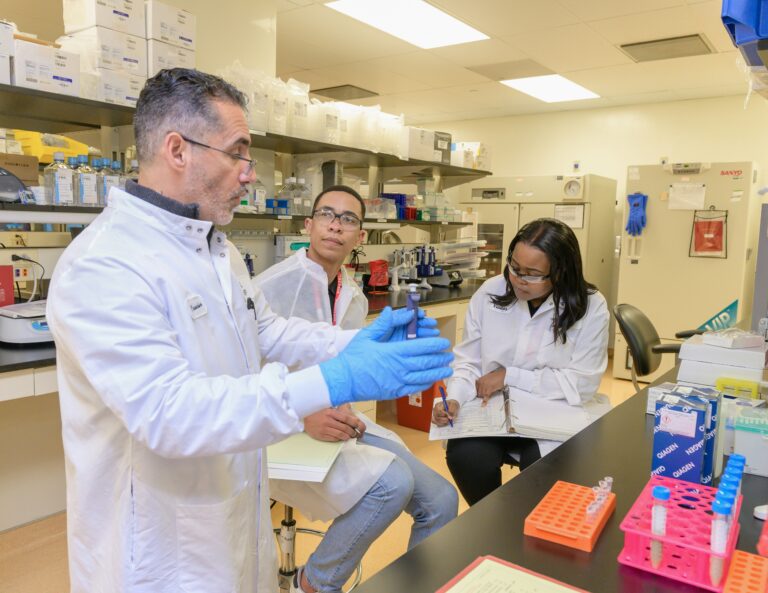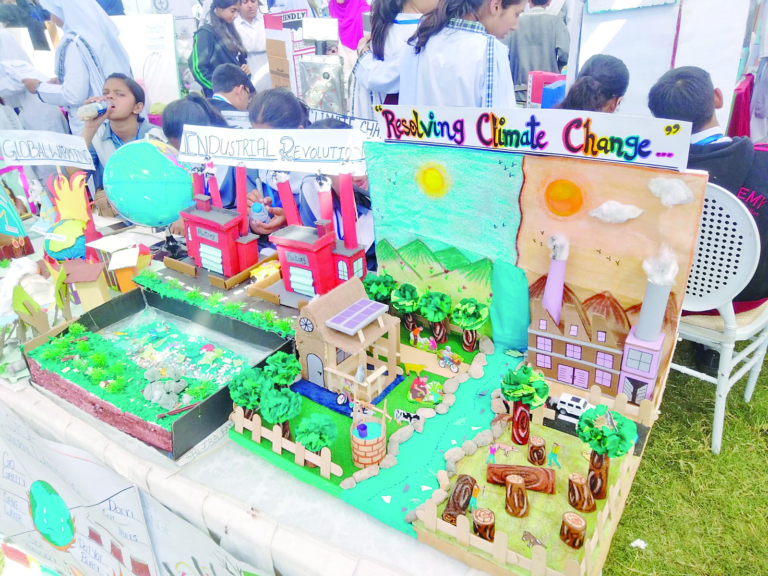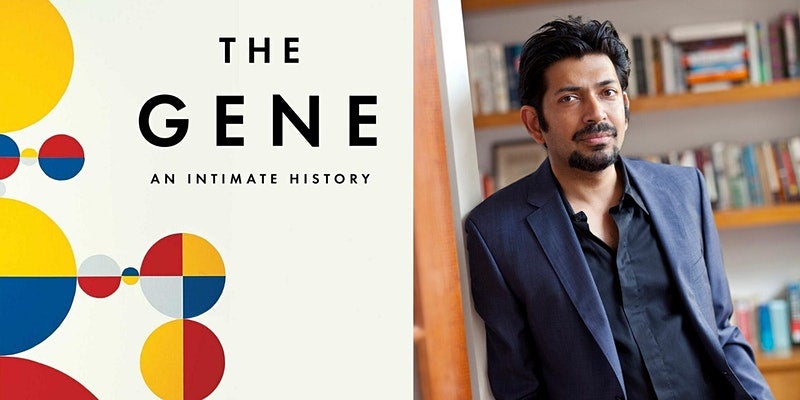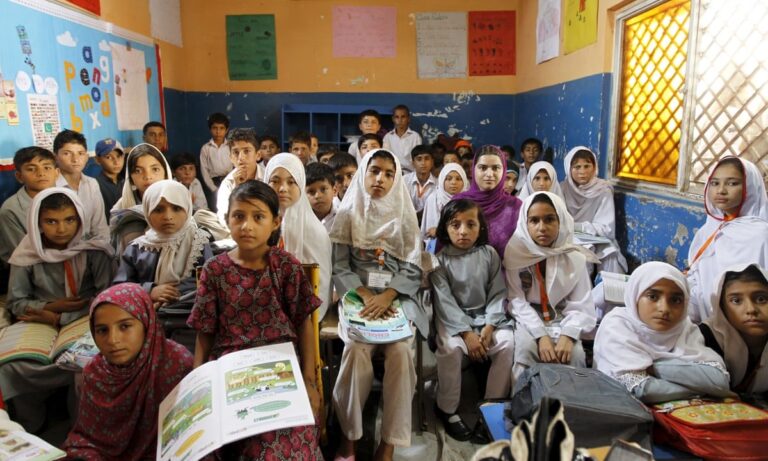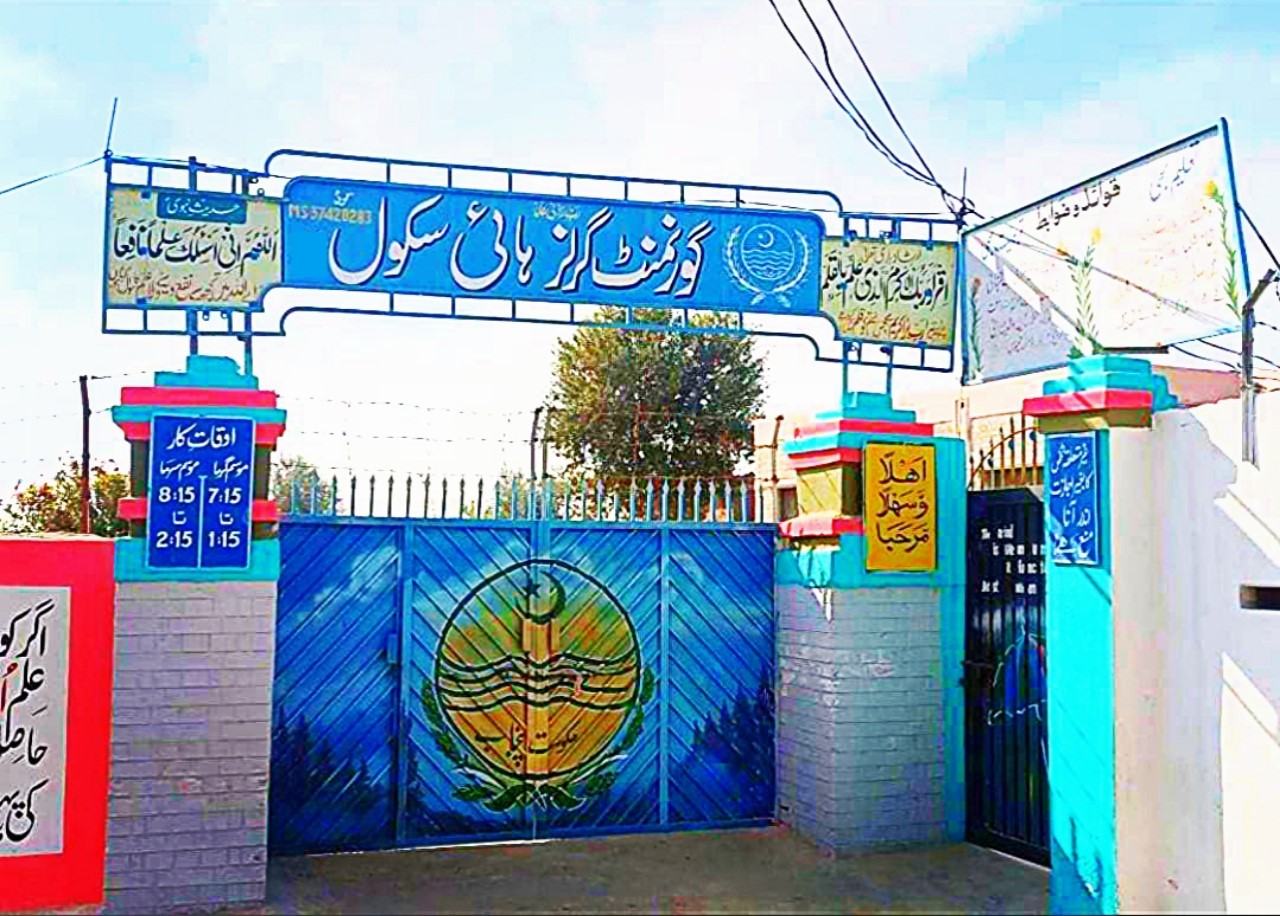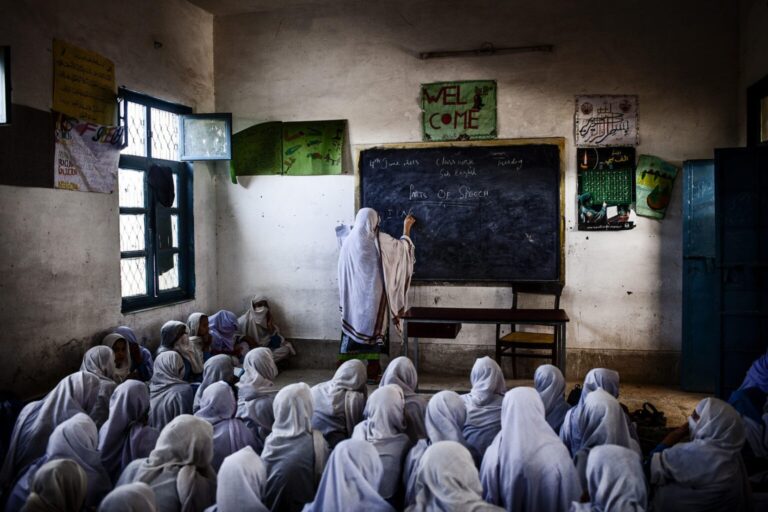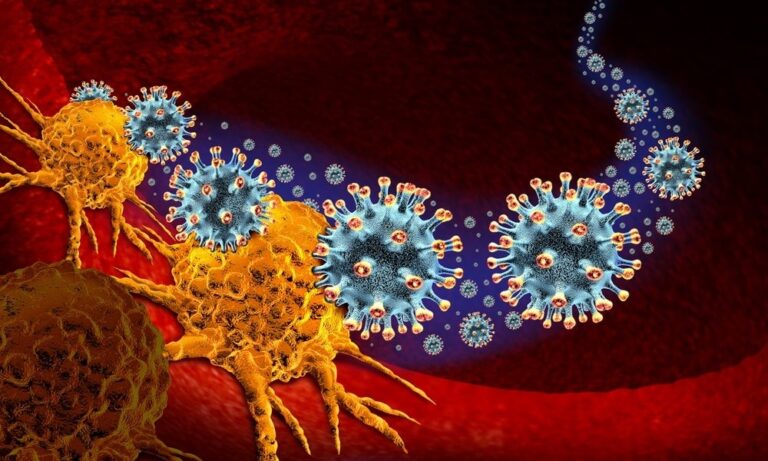We live in a world shaped by technology and rapid innovation over time. It has become increasingly clear that science holds the power to either provide promising solutions or worsen existing challenges. In many circles, there is a growing concern that science is not taking adequate responsibility for these challenges, even though it is widely believed that scientists hold the key to knowledge and a profound responsibility. This responsibility has long been referred to as the social contract of science.
This agreement is an obligation to scientists to apply their expertise for the benefit of society, as responsible citizens and individuals with moral duties. This is not about attacks from non-scientific sectors that aim to discredit science, but rather about the expectations of those who value and recognize scientists as a force for positive change.
The idea of the social contract of science emerged during and after World War II. In 1945, Vannevar Bush’s report Science, The Endless Frontier urged governments to invest in scientific research, based on the belief that it would yield benefits in medicine, agriculture, defense, and industry. Scientists were expected to be granted autonomy and public trust to apply their knowledge visibly and effectively to societal challenges.
“Science, in the service of society, must be both a public trust and a public endeavor.” — Jane Lubchenco, former NOAA Administrator
Scientific research is, more often than not, publicly funded—whether through national grants, university salaries, institutional infrastructure, or taxpayer support. The expected return on these investments comes in the form of a healthier environment, improved education, and ultimately, a safer world. Scientific research is seen as falling short of public expectations if it remains confined solely to academic circles.
A powerful example of science serving the public good was witnessed during the COVID-19 pandemic. Scientists worked brilliantly to sequence the virus’s genome and developed vaccines at an unprecedented pace. The timely distribution of vaccines across borders helped save millions of lives, setting a strong example of science acting in a socially responsible and transparent manner.
With every advancement in science and technology, there is always an associated risk of misuse. For instance, while nuclear physics has provided us with clean energy, it has also been repurposed for harm through the development of nuclear weapons. Similarly, artificial intelligence (AI), though it has made our lives easier in many ways, comes with drawbacks such as job displacement, diminished originality, and growing concerns over surveillance.
This places a significant ethical responsibility on scientists, as they are the ones who must anticipate potential misuse and advocate for appropriate rules and regulations as research is translated into real-world applications. The Hippocratic Oath for Scientists, proposed by some ethicists, calls on researchers to pledge that their work will serve the good of humanity.
Real-World Examples of Science in Service
Dr Wangari Maathai
Dr Wangari was a Kenyan biologist, environmentalist, and political activist who launched the Green Belt Movement in Kenya in 1977. The initiative aimed to combat deforestation, raise awareness about environmental conservation, and empower women by promoting the idea that women could plant trees to achieve these benefits.
She helped women gain access to land, resources, and education. Over 51 million trees were planted in Kenya, creating employment opportunities. In recognition of her efforts, she was awarded the Nobel Peace Prize in 2004, becoming the first African woman to receive it. She was an advocate for human rights and was arrested multiple times in her fight for freedom of expression, political transparency, and land rights.
Dr Wangari promoted a holistic approach to sustainability, interconnecting environmental health, social justice, and peace. She served as a UN Messenger of Peace and actively participated in various global environmental forums. She brought African environmental issues into the global spotlight and played an inspirational role in climate activism, particularly among women and youth in the Global South.
Dr Peter Doherty & Dr Rolf Zinkernagel
Dr Peter and Dr Rolf conducted groundbreaking research in the field of immunology, which led to the development of life-saving transplant and vaccine protocols. They discovered the role of T-cells in recognizing infected cells, which was a significant addition to our understanding of T-cell function in the immune system and the role of MHC (Major Histocompatibility Complex) molecules in antigen presentation and immune recognition.
Their work earned the Nobel Prize in Physiology or Medicine in 1996 and continues to have a lasting impact on global health, providing insights into both immune defense and autoimmune diseases.
Dr Katharine Hayhoe
Dr Hayhoe is an atmospheric scientist who believes that science and religion are not in conflict. She actively works to bridge the gap between scientific and faith communities. As a science communicator, she raises awareness about climate action using language that is clear, relatable, and easy to understand. She co-authored a book titled A Climate for Change, which motivates faith-based groups to take action on climate change.
Dr Hayhoe is the director of the Climate Science Center at Texas Tech University, where she supervises research on local climate impacts and strategies for adaptation. She advocates for policy changes to support effective climate action and has received numerous awards, including being named one of TIME magazine’s 100 Most Influential People in 2020.
Timothy Berners-Lee
He invented the World Wide Web (WWW) and was knighted by Queen Elizabeth II for his pioneering work. Tim Berners-Lee created the world’s first website in 1991. He also developed the first web server, httpd. In 1989, while working at CERN, he proposed a system to share documents online, which later evolved into the World Wide Web. He has made notable contributions to the development of the Internet and the way people interact globally.
Timothy developed HTML, URI, and HTTP, which laid the foundation for the modern web. He is the founder of the World Wide Web Consortium (W3C) at MIT, established in 1994 to develop open standards and ensure the growth and accessibility of the web. He has advocated for decentralized technologies like Solid, which give users control over their personal data through individual “pods.” He is also a strong proponent of net neutrality, online rights, and the ethical use of evolving technologies.
Easy Science Communication
The true essence of the social contract is not merely to make great scientific discoveries. If scientific knowledge exceeds the level of public understanding, it loses its practical value. Scientists must communicate complex ideas in simple, accessible language so that policymakers, educators, and citizens can understand and act on them effectively.
Today, public engagement has become easier through tools such as infographics, open-access publications, and social media. Scientists carry the responsibility of building public trust, not only by conducting outstanding research in the lab but also by addressing it clearly and thoughtfully in lecture halls and public forums.
“The challenge of science communication is not just to inform, but to involve.” — Alan Leshner, Former CEO of AAAS
Several issues that continue to arise on a daily basis—such as counterfeit medicines and data misuse—have shaken the public’s trust in science. To rebuild this trust, the scientific community must embrace accountability, which becomes more effective when scientists are actively involved in policy discussions.
The social contract of science is a lifelong commitment. We need scientists who are not only experts in their fields but also champions of human welfare. Responsible research, paired with responsible communication and a strong commitment to preventing misuse, is the cornerstone of ethical science.
References:
- Guston, D. H. (2000). Retiring the social contract for science. Issues in science and technology, 16(4), 32-36.
- Gibbons, M. (1999). Science’s new social contract with society. Nature, 402(Suppl 6761), C81-C84.
- Bush, V. (1945). Science, The Endless Frontier. United States Government Printing Office.
- Douglas, H. (2009). Science, Policy, and the Value-Free Ideal. University of Pittsburgh Press.
- O’Neil, C. (2016). Weapons of Math Destruction: How Big Data Increases Inequality and Threatens Democracy. Crown Publishing Group.
- Lubchenco, J. (1998). Entering the century of the environment: A new social contract for science. Science, 279(5350), 491–497.
- Leshner, A. (2003). Public engagement with science. Science, 299(5609), 977
More from the Author: Climate Education for Children through Storytelling and Fiction
